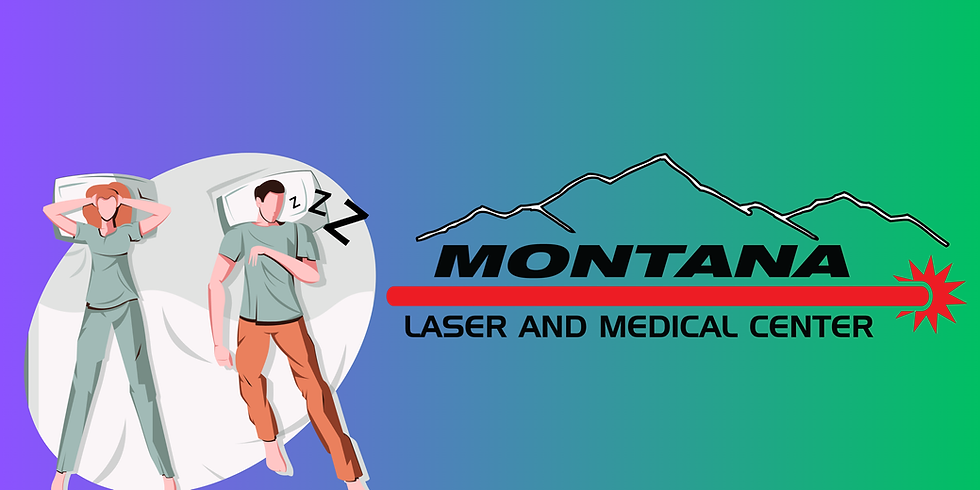Diabetics and Bell's Palsy
- Dr. Jason Rountree
- Nov 4, 2020
- 4 min read
Updated: Jan 6, 2021
Bell's palsy is a paralysis of one half of the face. One side of the facial nerve undergoes some kind of trauma. We're still not really clear on what happens or why it happens. Generally, you have facial weakness. It doesn't typically hurt. It looks a lot like a stroke. When it begins many times people are rushed to the ER and they get checked out to see if there's been some kind of stroke damage. Thankfully, in these cases it is not, but it can be pretty scary. It results in a disfiguring of the face, which is emotionally distressing, and can make people embarrassed to be out and about. There can also be some level of danger to the eye, because if you can't blink to lubricate the eye with tears, then the eye dries out and you can suffer some damage to the cornea and eye fatigue. It can sometimes involve some drooling, some sinus irritation, loss of taste, sometimes pain as well, but that is less likely.
I'm going to be referring to a study which is titled "The Efficacy of Low-level Laser Therapy in the Treatment of Bell's Palsy in Diabetic Patients." Now, this was published in June 2020, in the Journal of Lasers in Medical Sciences. You can read the study here.
We know that Bell's palsy oftentimes occurs in patients between 15 and 40 years old, but can occur at any age. Thankfully in most cases, this is something that is termed a self-limiting disorder, which means that it goes away on its own. If you give the nerve time to recover, the facial muscles slowly go back to where they were, you get good function and movement again, and many people are left with no residual symptoms at all. However, some people either never recover at all or only recover partially. If you're older or if you have hypertension or high blood pressure, or diabetes, those are risk factors that indicate that your chances of full recovery are lower.
Bell's Palsy Testing and Treatment
So we've got this one-sided facial paralysis. A lot of times people just wake up with it or it shows up throughout the day and coworkers notice it. What happens next? Once you get checked out and you know that it's not a stroke, then what? Well, typically nothing happens. And there's not really any particular treatments out there for it. Although some doctors have recommended an antiviral medication as well as steroids. Antiviral medication is supposed to help find any kind of virus that may be affecting the nerve, and the steroids are supposed to reduce inflammation, which could be affecting the nerve. But if you're a diabetic patient, the use of steroids is contra-indicated. You really shouldn't be on steroids if your sugars are not well controlled. So then what? What do you do if you can't have those medications or even if you can have those medications, what really happens? Well, primarily, we're just waiting for the body to repair the damage. And that is why researchers have looked at laser therapy as a way to treat actively treat and get the nerve back to functioning normally so that you can blink, so you can smile, so you can chew, those kinds of things, without any problems.
Sometimes Bell's palsy could potentially be due to only diabetes. Even if you don't think you're diabetic, the researchers in this paper say you should get your sugar levels checked if you have Bell's palsy, because there's a possibility, it could be the very first symptom of diabetes.
In this study, the researchers took patients who had diabetes mellitus in addition to Bell's palsy. They rated how severe the facial paralysis was, and then they prescribed 12 sessions of laser therapy, three times a week for four weeks, followed by retesting and then a three-month follow-up. And they saw that "laser therapy was effective for the majority of cases. The recovery rate showed that laser therapy is a safe, reliable, and proper alternative approach to the treatment of facial nerve palsy, especially in conditions, such as diabetes, where we cannot use conventional medications, such as corticosteroids due to their complications."
Bell's Palsy Laser Treatment in Kalispell
What does the process of treating this disorder look like? Well, first is a full medical workup in our Kalispell laser clinic. If blood work or other testing needs to be done, we can order it. If laser therapy for pain will be used, it's just a few minutes of applying a non-invasive, non-burning laser to the side of the face that's affected along the nerve pathway. Many times, patients will feel a little bit of warmth, but we're not talking about a surgical laser process here. We're talking about gradually stimulating the repair of that nerve by utilizing a special type of FDA-cleared infrared laser light for pain. When we do that, it is very typical to see improved recovery for nerve injuries, especially diabetic related nerve injuries. And as these researchers pointed out, facial nerve problems can be linked to diabetes.
To find out more, call Montana Laser and Medical Center to set up a no-charge consultation.





Comments